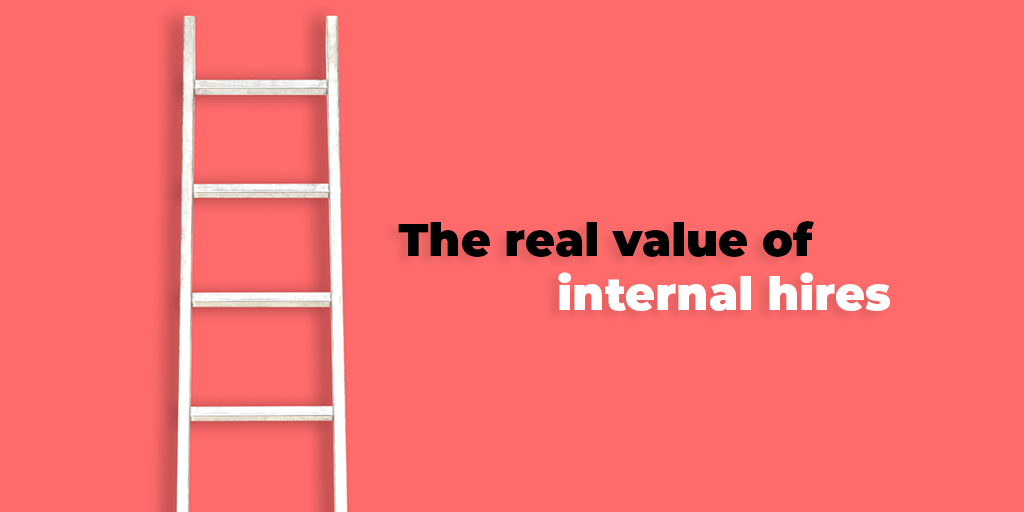In business, several different types of insurance products need to be considered. Employee benefits insurance is one of those products. It’s also called employee benefits liability coverage, among other variations of the name, but they all mean the same thing. Understanding this coverage and how it works can help you protect yourself from any issues during benefits administration.
What Is EBL Insurance Coverage?
Employee benefits insurance, which is referred to as EBL insurance (Employee Benefits Liability), is purchased by businesses to cover any mistakes or omissions that can occur during the employee benefit plans administration process. This coverage can be applied to health benefits, disability coverage, life insurance, retirement plans, and more.
This coverage is usually an endorsement that is added to a general liability policy, but it could be on a fiduciary liability policy or sold as a standalone policy. This coverage ensures that benefits are properly administered, and if not, there is protection for the employee(s) and the company if something was done incorrectly.
This is one of three types of insurance required for administering benefits and handling employee funds, along with fiduciary liability, which we’ll talk more about in a minute, and dishonesty coverage. Dishonesty coverage protects companies from the potential theft of benefit plan funds by administrators of the program(s).
What Does Employee Benefits Liability Coverage Cover?
Employee benefits liability coverage can protect any number of scenarios involving omissions or errors in the benefits process, including the enrollment process, termination of enrollment, benefits explanation, eligibility explanation, advice, and other details. It also refers to the creation and maintenance of records related to benefits programs. Lawsuits could stem from things like:
- Failing to enroll an employee
- Failing to correctly explain eligibility
- Failing to maintain plan enrollees
- A lack of disclosure in benefit plans
Essentially, if there is an error or omission related to the benefits, this coverage provides financial protection for your organization. This coverage also protects employers from Affordable Care Act-related claims and issues. For example, if someone is an independent contractor and they try to say they should be an employee that is eligible for coverage, this policy will protect your business from accidental misclassification and any financial repercussions that come with it. Employers liability insurance is the key.
Some of the benefits covered include:
· Dental
· Disability
· Health coverage
· Life insurance
· Unemployment coverage
· Social Security
· Retirement plans
· Maternity leave
· Workers’ compensation
· Vacation benefits (computer-generated)
· Etc.
This coverage is essential, but it’s not a replacement for a solid risk management strategy that includes proper administration of benefits in the first place.
EBL vs. Fiduciary Liability Insurance
Some people confuse EBL coverage with fiduciary liability insurance. Although they have some similarities, the former is designed to protect companies from any errors or omissions in a wide range of plans and benefits packages. Fiduciary liability coverage, however, is specifically focused on protecting businesses from wrongful acts related to the Employee Retirement Income Security Act.
Put simply, fiduciary liability is a broader coverage. EBL is focused on administrative errors and omissions, while this coverage protects from breaches of fiduciary duty. It’s also important to note that because of this, many companies offer EBL plans that specifically include language to exclude claims related to ERISA violations.
EBL vs. EPL
EBL is also different from Employment Practices Liability Insurance, or EPL coverage. This insurance is designed to protect businesses from employment-related claims and the liability associated with them. These can include things like wrongful termination, discrimination, and sexual harassment.
EBL reduces liability related to gaps in a commercial liability policy. However, it does not duplicate your general liability coverage. This means that even though the EBL coverage can handle omissions and errors in administration, certain actions are excluded from being covered.
For example, if you have insufficient funds to pay your premiums or fund the benefit plan, you’re on your own. You can’t just use EBL coverage to make up the difference. Other exclusions include:
- Any dishonest, fraudulent, malicious, or criminal acts committed within the liability insurance policy.
- Poor financial advice or poor HR policies that impact programs and benefits.
- Lawsuits or claims against federal employees.
- ERISA violations and qualifying workers’ compensation claims.
- EPL-related coverage.
- Property damage or bodily injury that is covered under the general liability policy the company holds.
What Are Employee Benefits Liability Coverage Options?
The cost of EBL coverage is going to depend on exactly which coverage you choose. The number of employees will determine the cost of the policy, along with other factors. For example, you’ll have a deductible to pay, which is usually around $1,000 per claim filed. Being one of the most affordable deductibles for business insurance is notable, but it’s still a cost you don’t want to have to pay if you can avoid it.
It's best to consult a reputable insurance provider to understand the best liability insurance coverage so that you can protect your organization accordingly. Having employee benefits is great, but you need to make sure that you’ve got the right employee benefits insurance to protect them, as well as to protect employees, from potential administrative errors and omissions.
Risk Management Is Essential
You can’t just purchase employee benefits liability insurance and call it a day. You have to understand how this insurance is a part of your overall risk management strategy and benefits administration. It’s a commercial insurance solution that will protect your company if you’re ever sued for issues with benefits or the administration of them. You still need to take the time to come up with a solid strategy for risk management and all the insurance coverage that you will need as a part of that, including employee benefit insurance. If you are not skilled in risk management and assessment, you might want to again consult your insurance provider or someone who can help you understand how to mitigate risks effectively and reduce the risk of potential liability lawsuits and claims.
Mistakes and oversights happen. Human error is a part of business operations. There are some things you cannot plan for or expect, which is why business insurance exists. The right combination of business insurance products will ensure that you are protecting your organization and your employees alike, and delivering the best solutions for risk management.
In addition to purchasing EBL coverage, you may also want to consider:
- Taking the time to train your HR staff or hire a dedicated benefits administrator. This increased focus and training can help reduce the risk of errors and omissions that could lead to costly lawsuits over time.
- Going over policies and procedures regularly to ensure that everyone is on the same page, things still make sense, and that no one is missing anything important.
- Talking to your employees about their rights and responsibilities regarding their benefits. After all, while HR can deliver the information and explain it, it’s going to be up to each employee to figure out which plan is best for their needs.
- Keeping updated on HR laws and regulations that may impact your benefits or the administration of them so that you can change course accordingly.
Talk to your insurance provider about your business insurance portfolio and make sure that it includes all levels and types of commercial insurance required by law, including General Liability and all the specialty coverages, like employee benefits insurance coverage. That way, you’ll be protected on all fronts and deliver a better experience for your employees and your benefits administrators alike.





